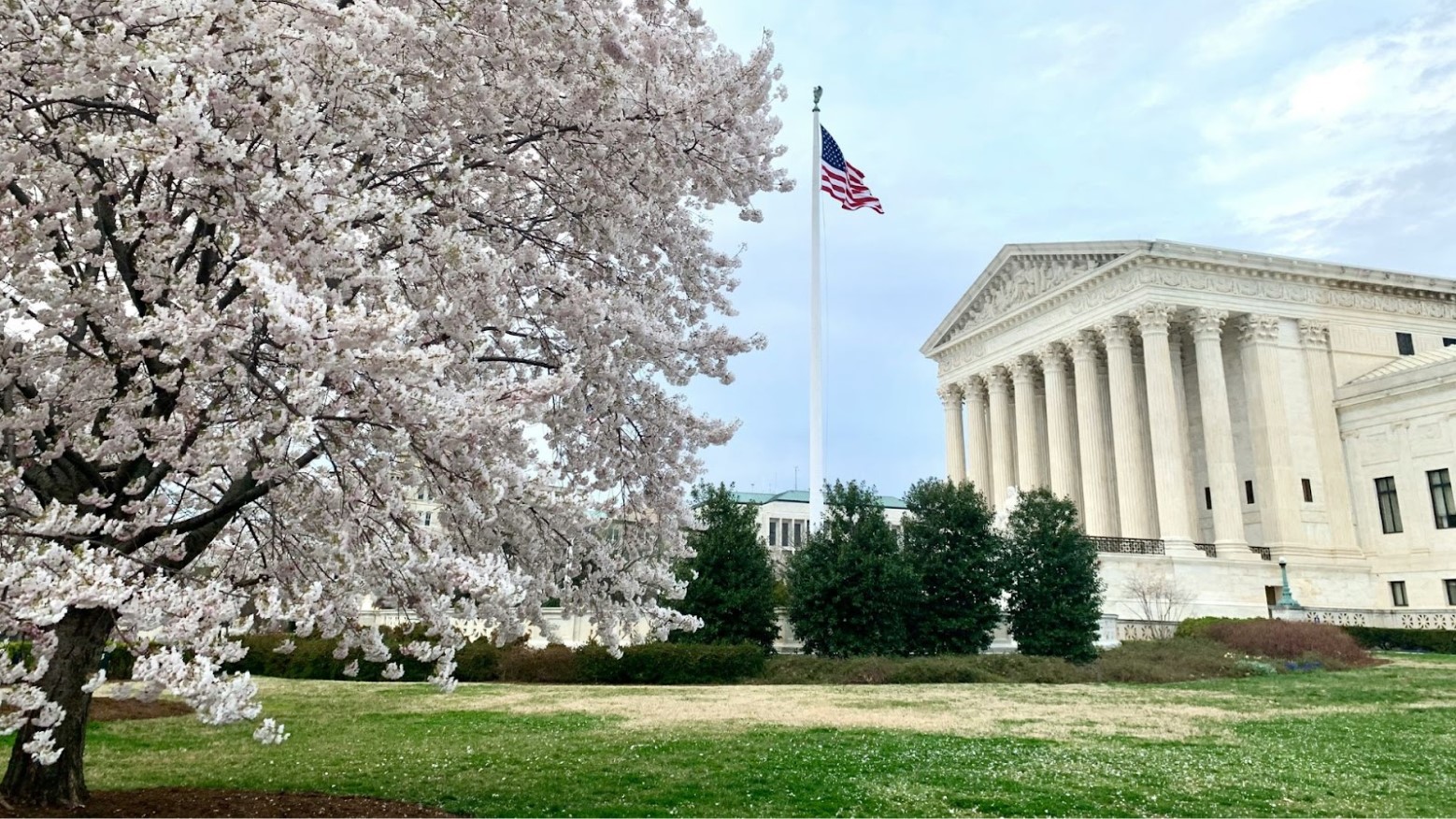Supreme Court Rules Ban On Gun Bump Stocks as Unlawful
In a setback for the Biden administration, the Supreme Court ruled on Friday that a federal ban on bump stocks, devices that enable semiautomatic rifles to fire at a faster rate, is unlawful.
The court’s 6-3 decision, split along ideological lines with conservatives in the majority, determined that a nearly century-old law intended to ban machine guns does not extend to bump stocks. Justice Clarence Thomas, writing for the majority, stated that a firearm equipped with a bump stock does not fit the federal definition of a “machinegun.”
Strong Opposing Views from Justice Sotomayor
Justice Sonia Sotomayor issued a strong dissent. She argued, “When I see a bird that walks like a duck, swims like a duck, and quacks like a duck, I call that bird a duck,” drawing a parallel to bump stocks making semiautomatic rifles function like machine guns.

Source: Pete Souza, Wikimedia
Sotomayor also took the rare step of reading a summary of her dissent aloud in court.
Many States Have Already Banned Bump Stocks
Despite the federal ban being struck down, bump stocks will not be widely available nationwide, as over a dozen states have already banned them. Congress could also intervene.

Source: Zagonel85, X
President Joe Biden, in a statement, emphasized his administration’s efforts to combat gun violence and urged Congress to ban bump stocks, pass an assault weapon ban, and take further action.
Concerns for Public Safety
Senate Majority Leader Chuck Schumer, D-N.Y., echoed Biden’s sentiments, stressing the need for legislative action to close the loophole permanently.

Source: David Todd McCarty/Unsplash
Gun control advocates criticized the ruling, fearing that state bans could also be challenged. Esther Sanchez-Gomez of the Giffords Law Center called the decision “shameful” and accused the justices of siding with the gun lobby over public safety.
2017 Las Vegas Mass Shooting
The Trump administration had imposed the bump stock ban following the 2017 Las Vegas mass shooting, where Stephen Paddock used bump stock-equipped firearms to kill 58 people.

Source: Myles Cullen, Wikimedia
Then-President Donald Trump himself called for the accessory to be banned.
The National Rifle Association Changes Their Stance
The National Rifle Association initially supported the ban.

Source: STNGR LLC/Unsplash
It later reversed its stance and praised the Supreme Court’s decision, stating that the ruling properly restrained executive agencies from overstepping their authority.
Minimal Firing Effort with Bump Stocks
Justice Sotomayor cited the Las Vegas shooting in her dissent, noting that Paddock’s use of bump stocks allowed him to fire continuously with minimal effort.

Source: Kvnga/Unsplash
She warned that the ruling impedes the government’s ability to prevent similar tragedies.
Dangers of Bump Stocks
In a concurring opinion, Justice Samuel Alito acknowledged the practical similarities between bump stock-equipped rifles and machine guns, suggesting that Congress could legislate a ban.

Source: MathKnight and Zachi Evenor, Wikimedia
He pointed to the Las Vegas shooting as evidence of the potential lethality of bump stocks.
6-3 Majority from Supreme Court
The Supreme Court had previously declined to block the regulation in 2019.

Source: Bill Mason/Unsplash
The court, now more conservative with the addition of Justice Amy Coney Barrett, has a 6-3 majority that has supported gun rights in past cases.
‘Bump stocks do not convert firearms into machine guns’
The National Firearms Act of 1934 was enacted to regulate machine guns amid Prohibition-era violence. The current lawsuit was brought by Texas gun owner Michael Cargill, who surrendered his bump stocks to the government after the ban.

Source: Mog7546, X
Cargill argued that bump stocks do not convert firearms into machine guns since each shot still requires a trigger pull.
Supreme Court Concurs
The Supreme Court agreed with Cargill’s argument. Justice Thomas wrote that a bump stock does not make a firearm a machine gun because it cannot fire more than one shot per trigger pull.

Source: Kjetil Ree, Wikimedia
Consequently, he concluded that the ATF overstepped its authority by classifying bump stocks as machine guns.
Biden Administration Appealed
Lower courts were divided on the issue. The Biden administration appealed decisions that struck down the ban, while gun rights advocates contested the ruling by the U.S. Court of Appeals for the District of Columbia Circuit that upheld it.

Source: Win McNamee/Getty Images
The Supreme Court has supported gun rights in cases involving the Second Amendment, such as the 2022 decision affirming the right to carry handguns outside the home. However, in a recent case, the court indicated it might not overturn certain longstanding gun laws, including those affecting individuals accused of domestic violence.
